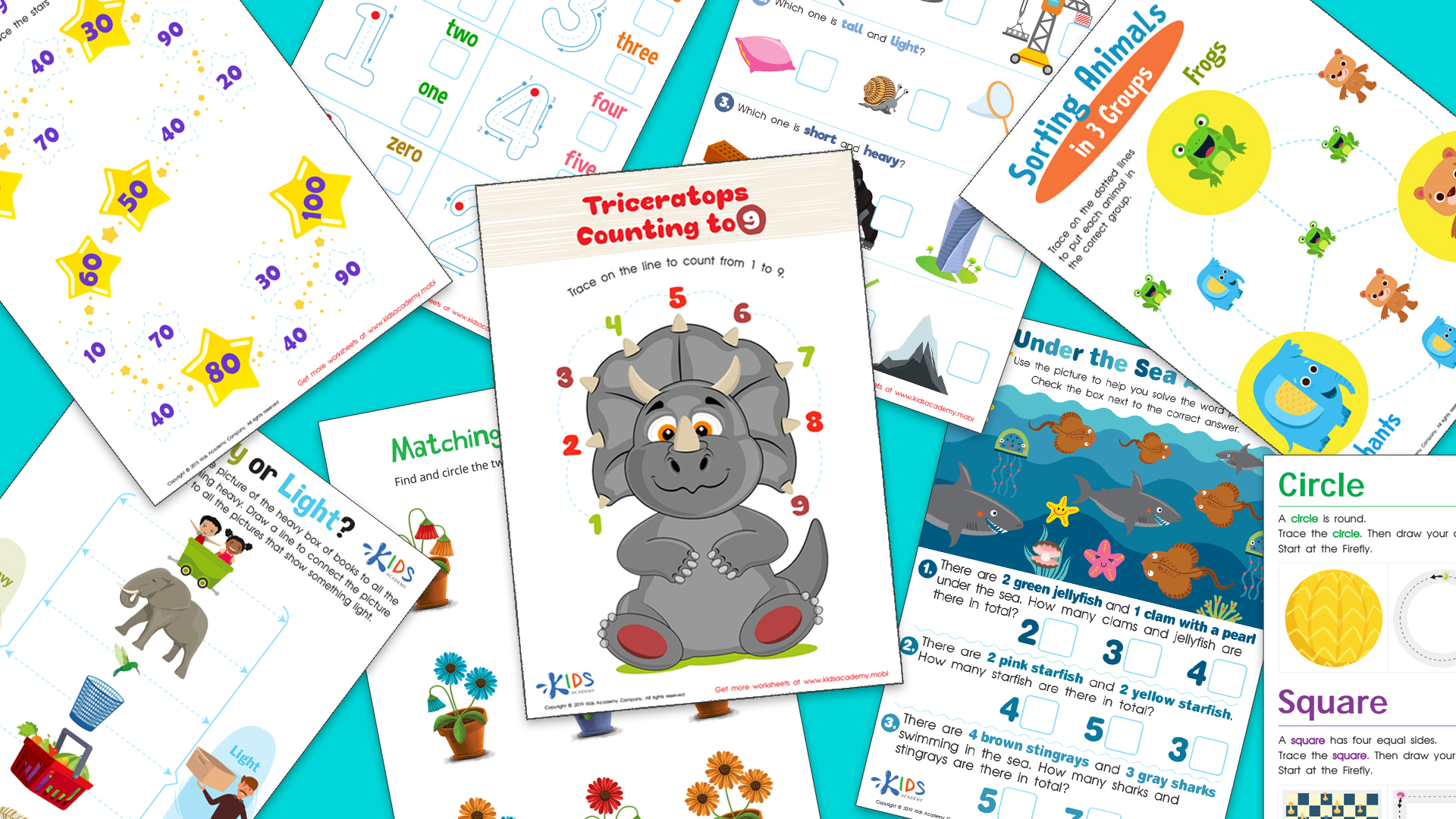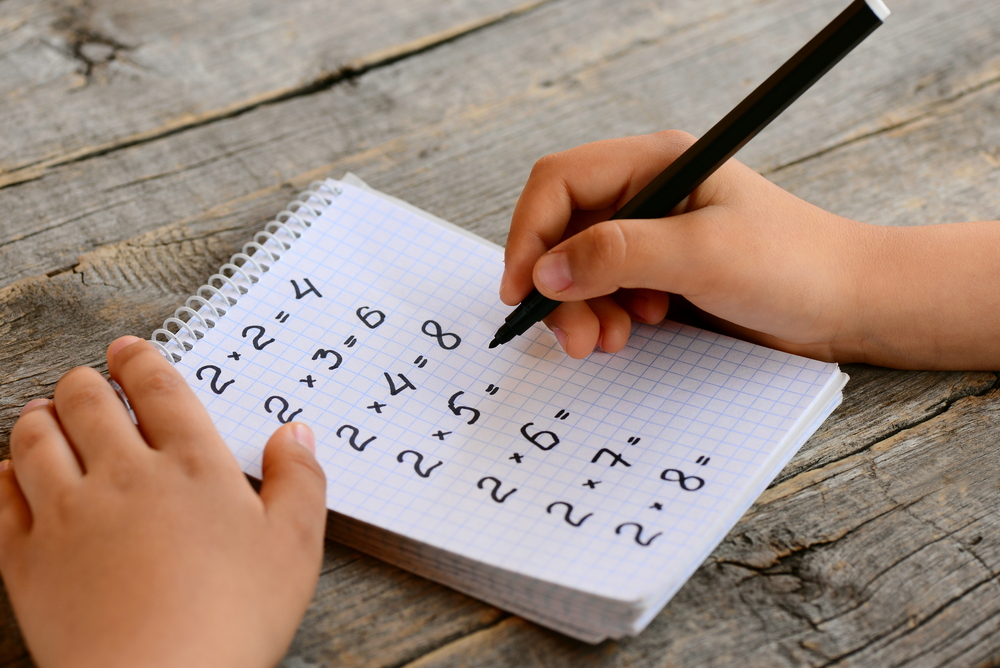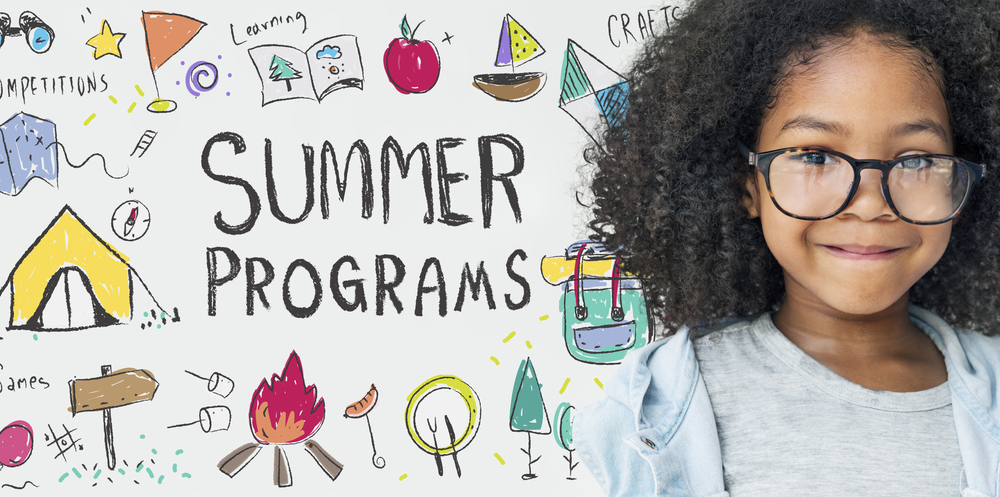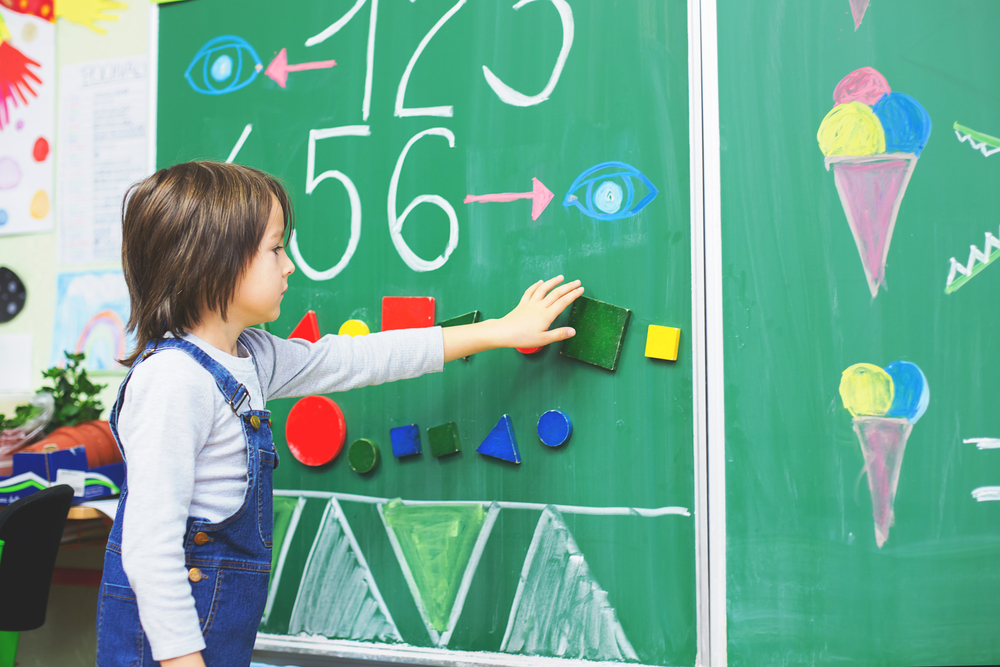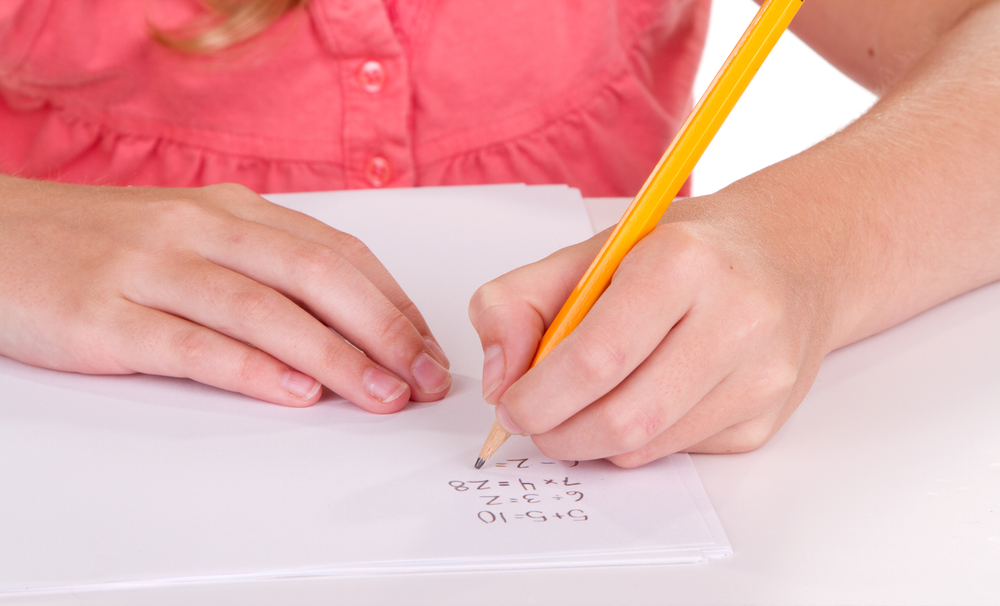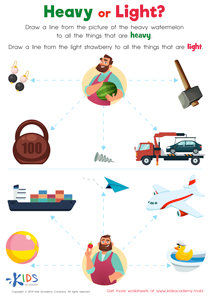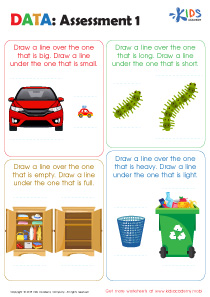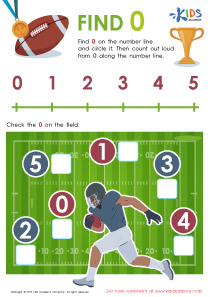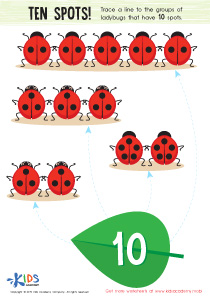Subtraction practice Normal Addition & Subtraction Worksheets for Ages 6-8
19 filtered results
-
From - To
Introduce young learners to fun and engaging subtraction practice with our Normal Addition & Subtraction Worksheets designed for ages 6-8. Available on Kids Academy, these worksheets help children develop essential subtraction skills through age-appropriate exercises. Perfect for home or classroom use, each worksheet offers exciting activities to keep kids motivated while enhancing their understanding of basic math concepts. With cheerful illustrations and step-by-step guidance, these worksheets make learning subtraction an enjoyable experience. Empower your child’s math journey and boost their confidence as they master subtraction and build a strong foundation for future math success. Explore our collection today!
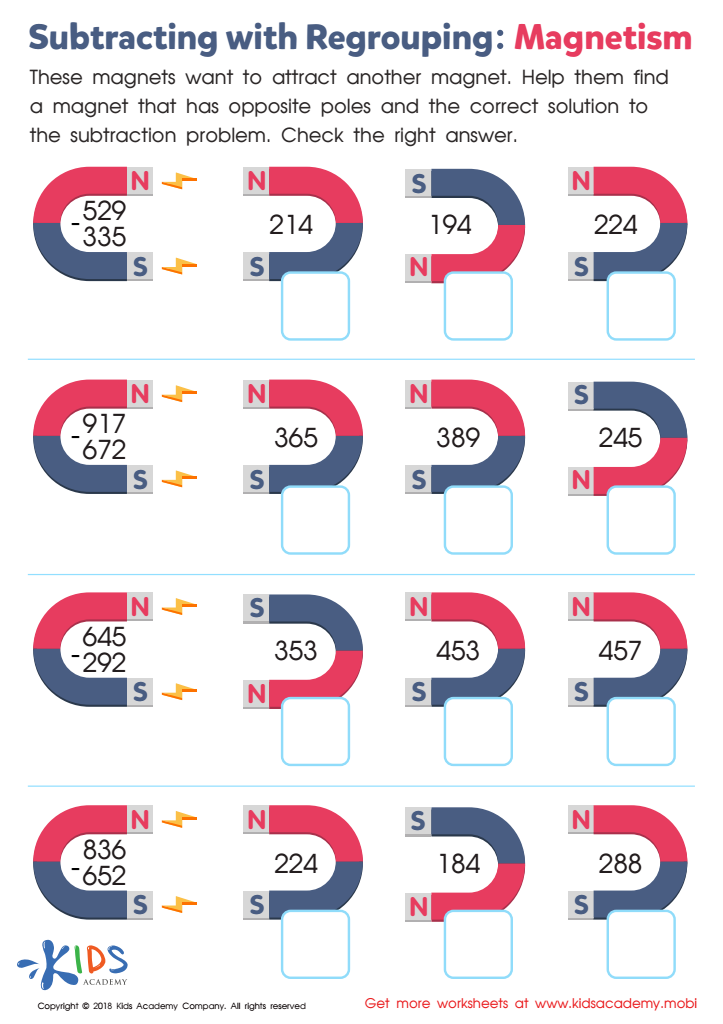

Subtracting with Regrouping: Magnetism Worksheet
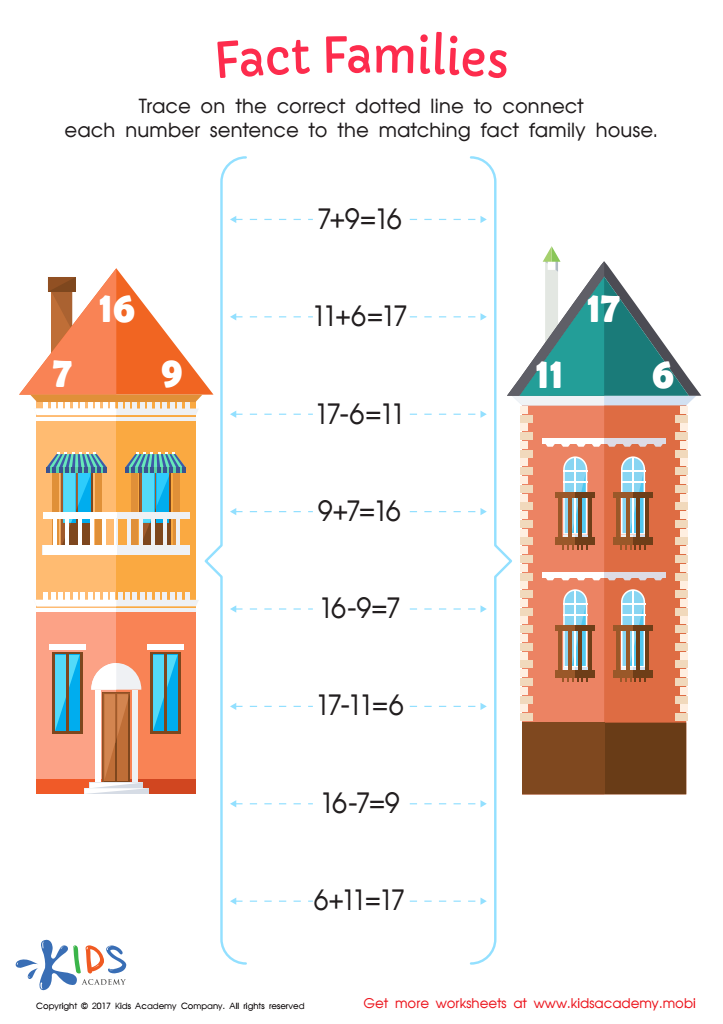

Fact Families — Add and Subtract Worksheet
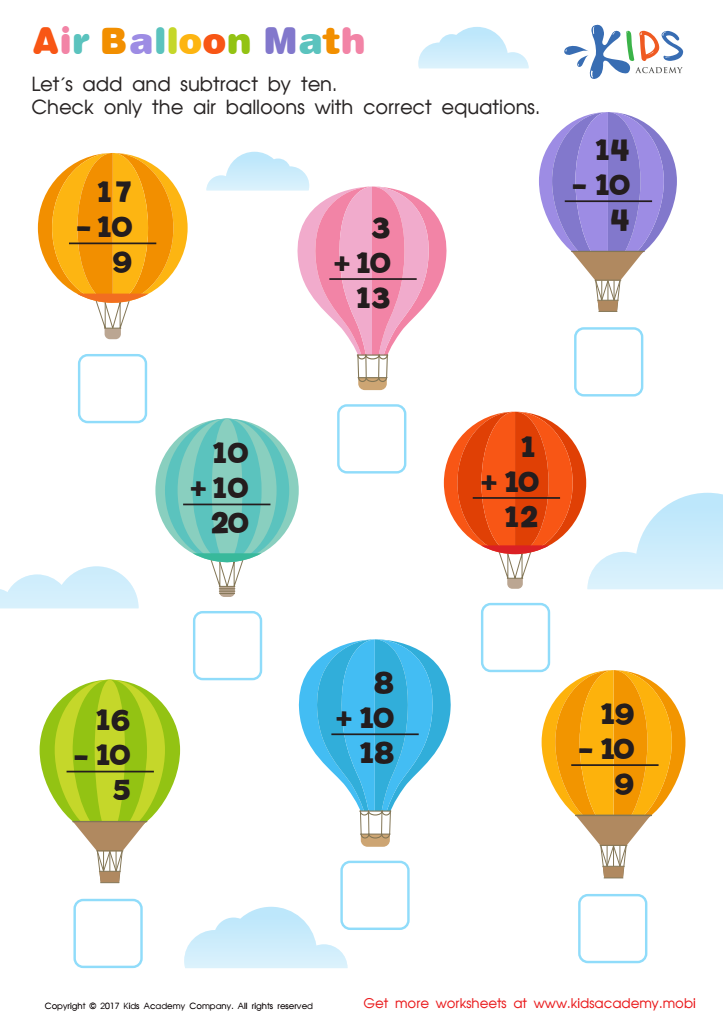

Air Balloon Math Worksheet
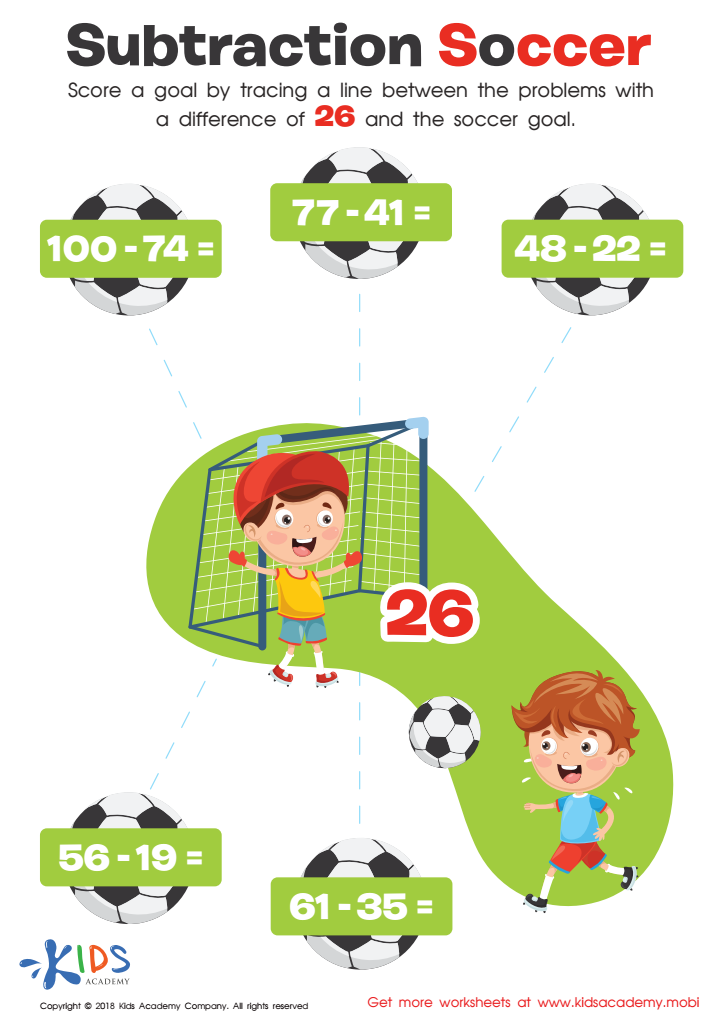

Subtraction Soccer Worksheet
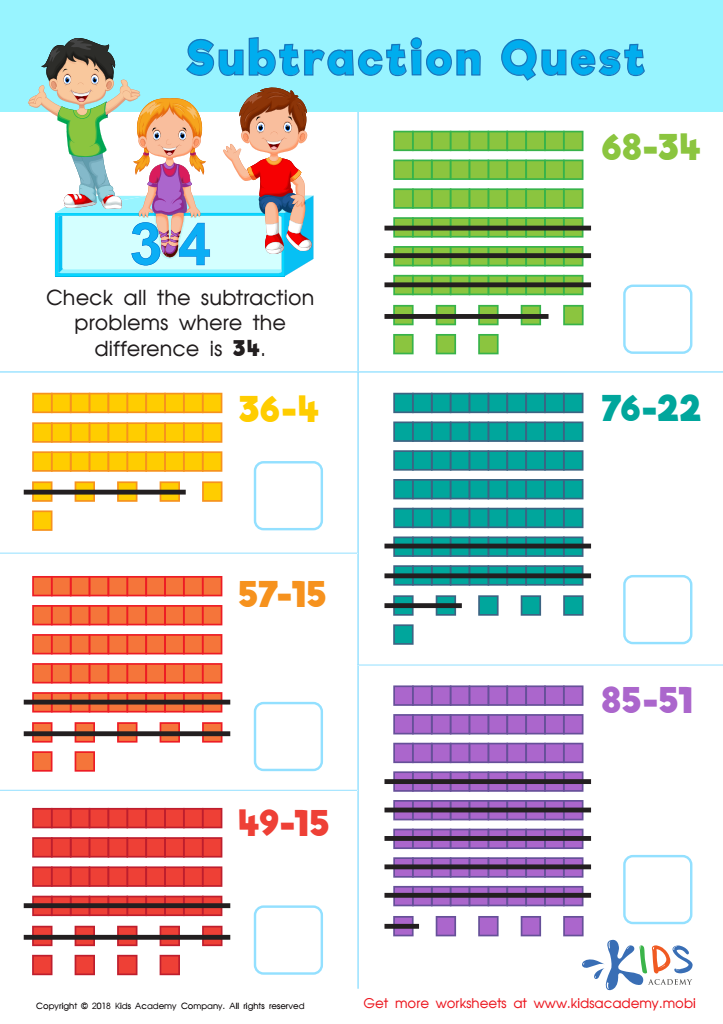

Subtraction Quest Worksheet
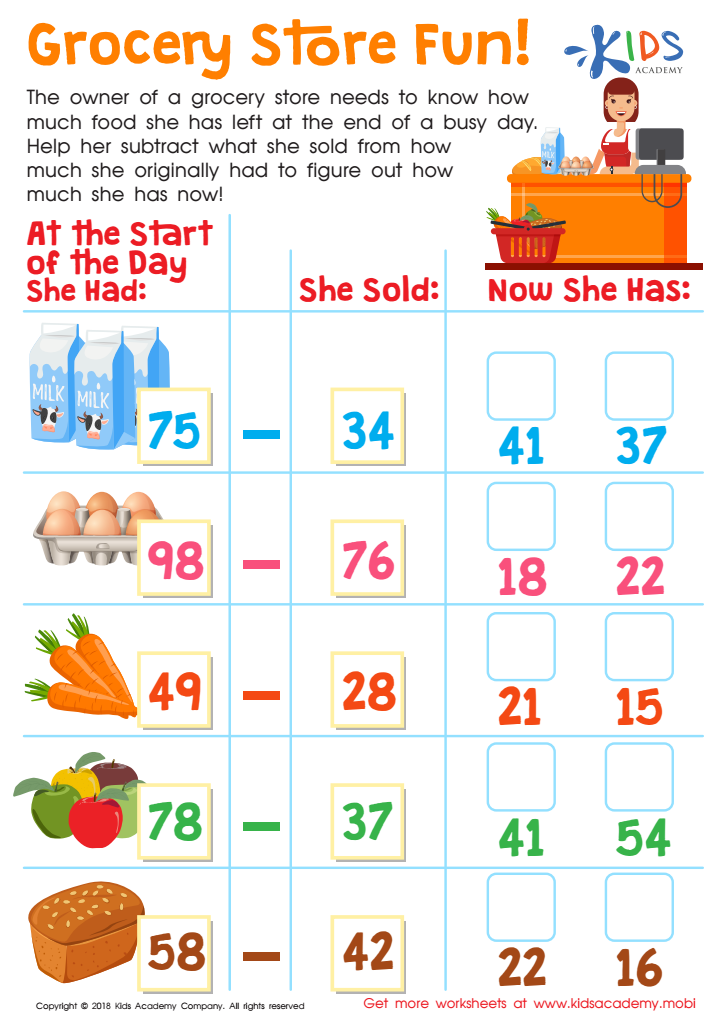

Grocery Store Fun! Worksheet
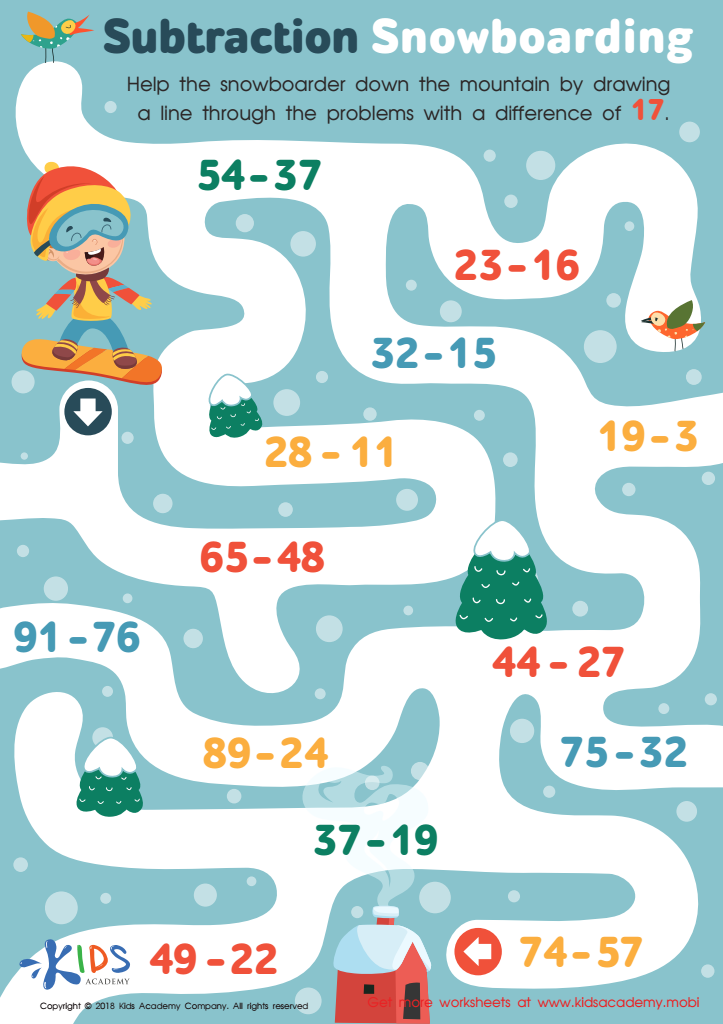

Subtraction Snowboarding Worksheet
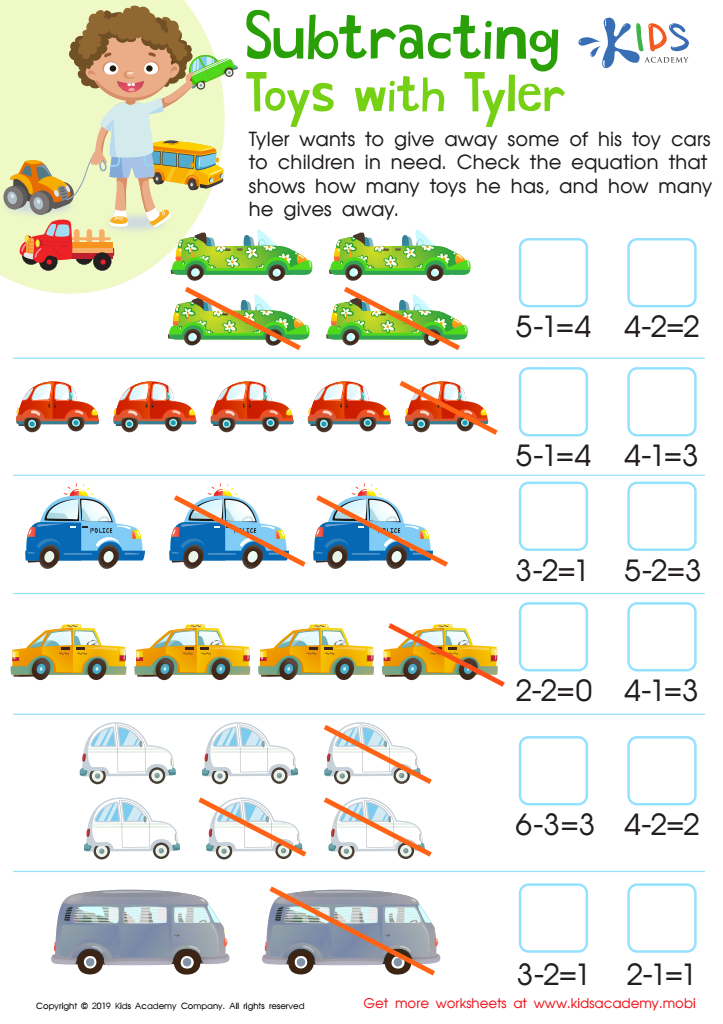

Subtracting Toys with Tyler Worksheet
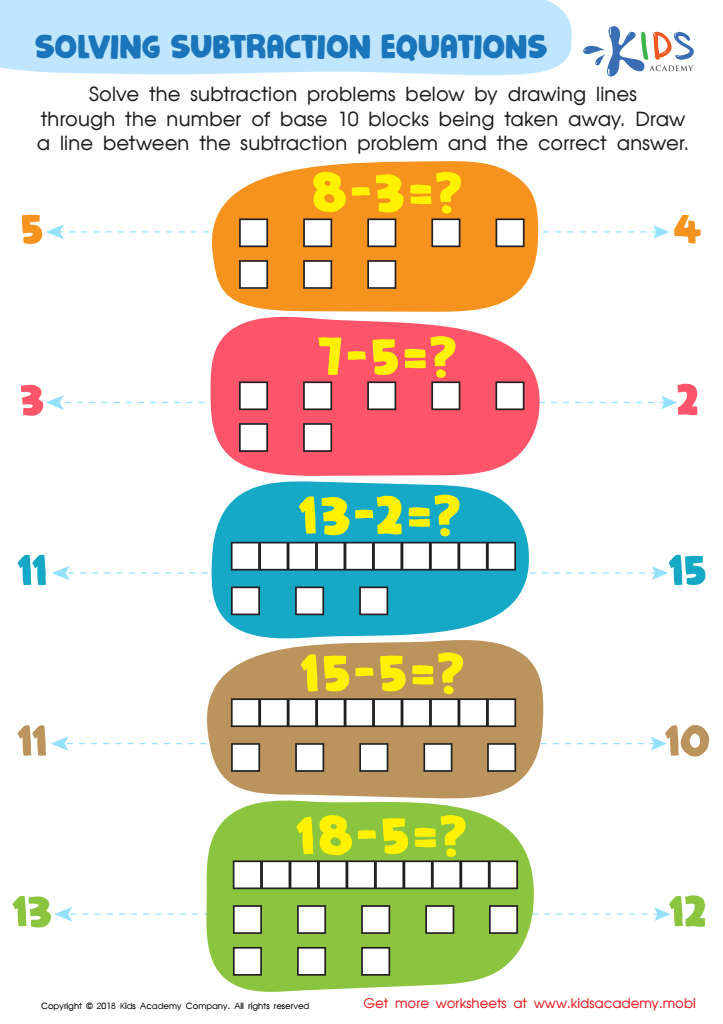

Solving Subtraction Equations Worksheet
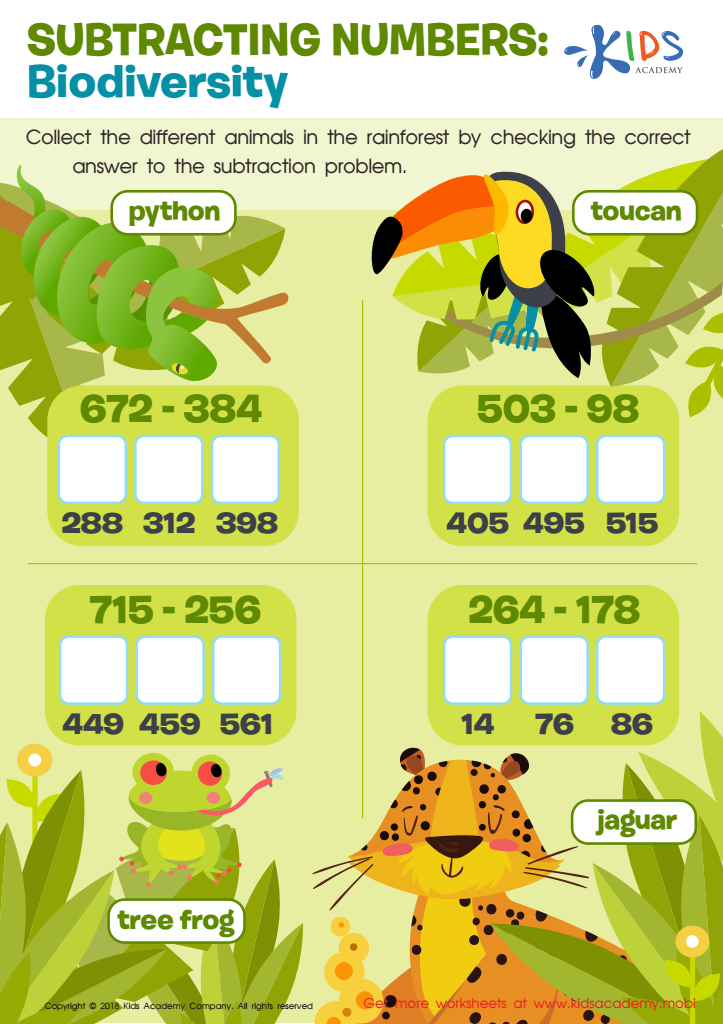

Subtracting Numbers: Biodiversity Worksheet
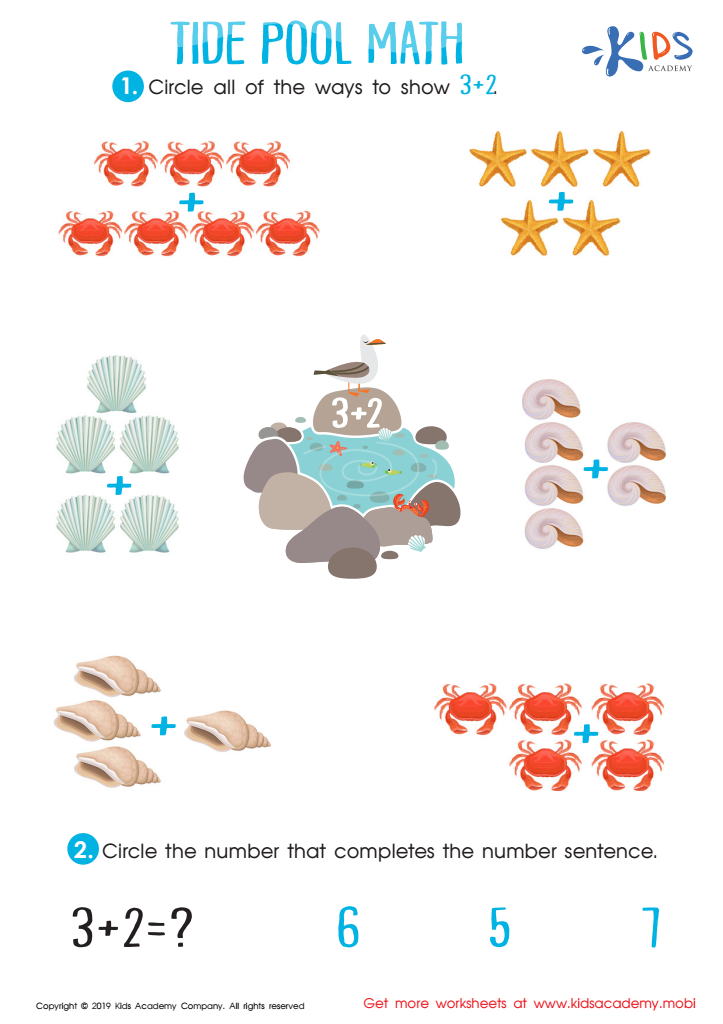

Tide Pool Math Worksheet
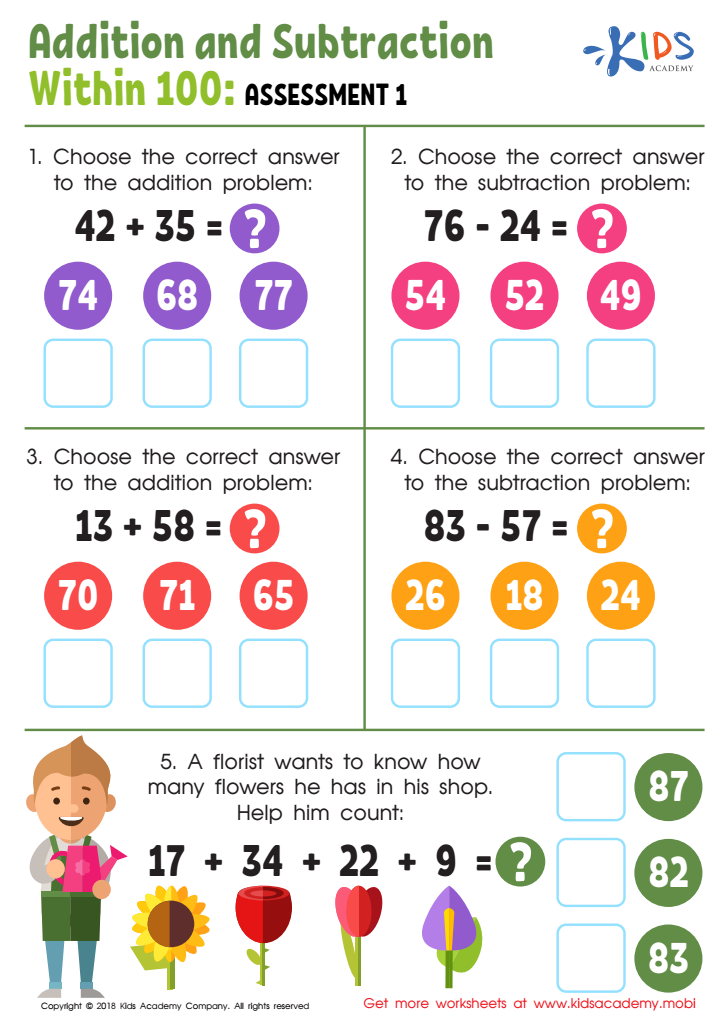

Addition and Subtraction Within 100 Worksheet
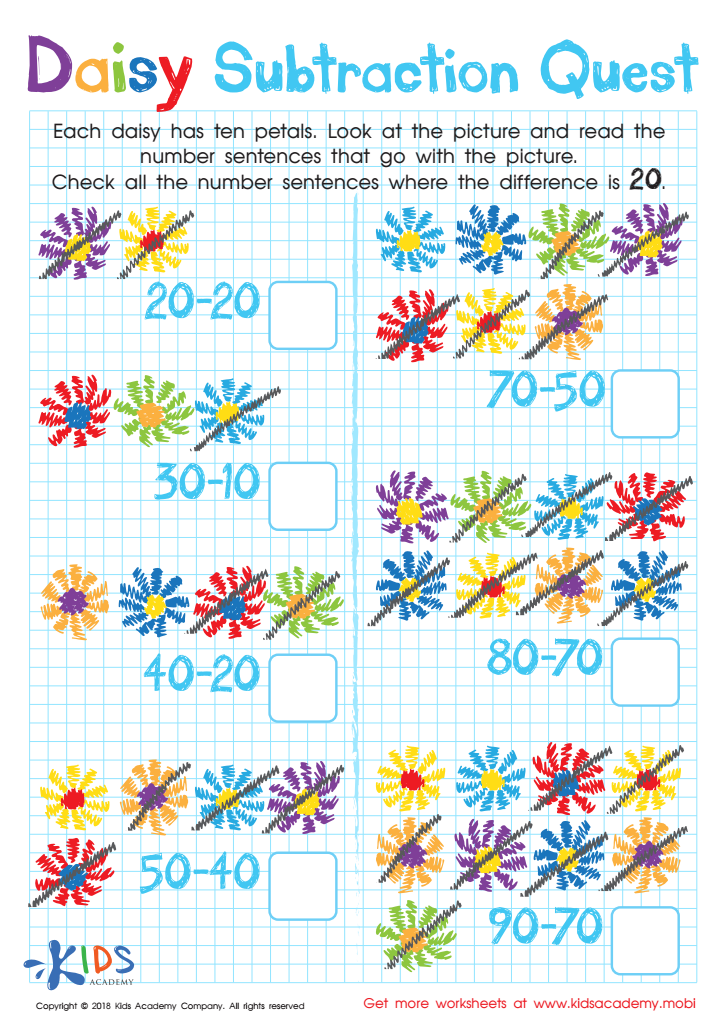

Daisy Subtraction Quest Worksheet
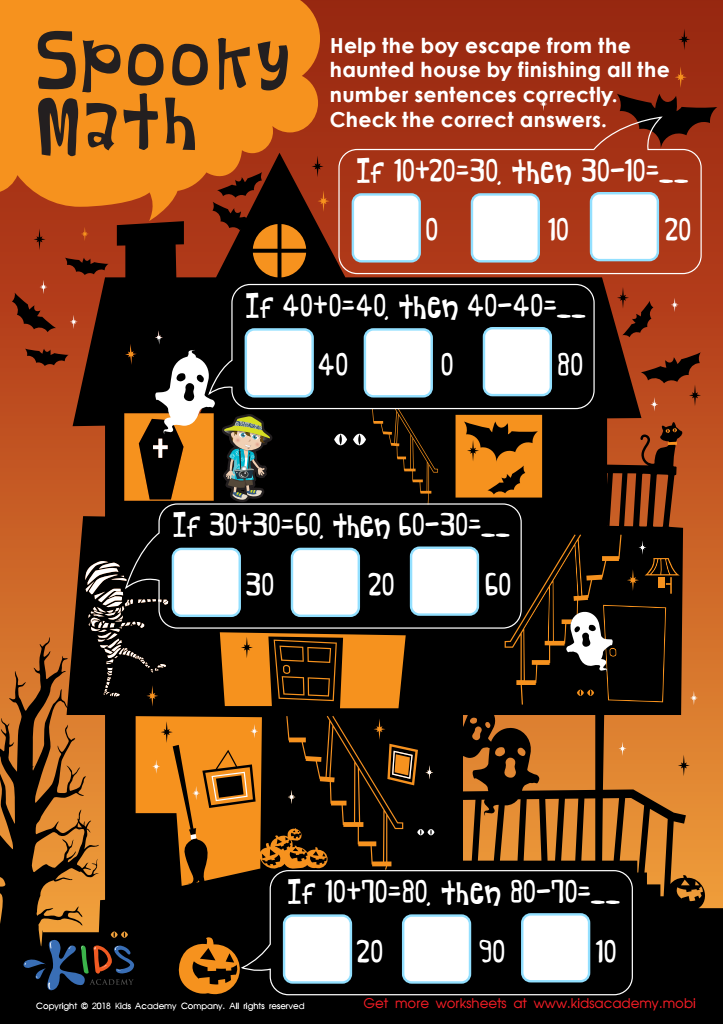

Subtract Tens: Spooky Math Worksheet
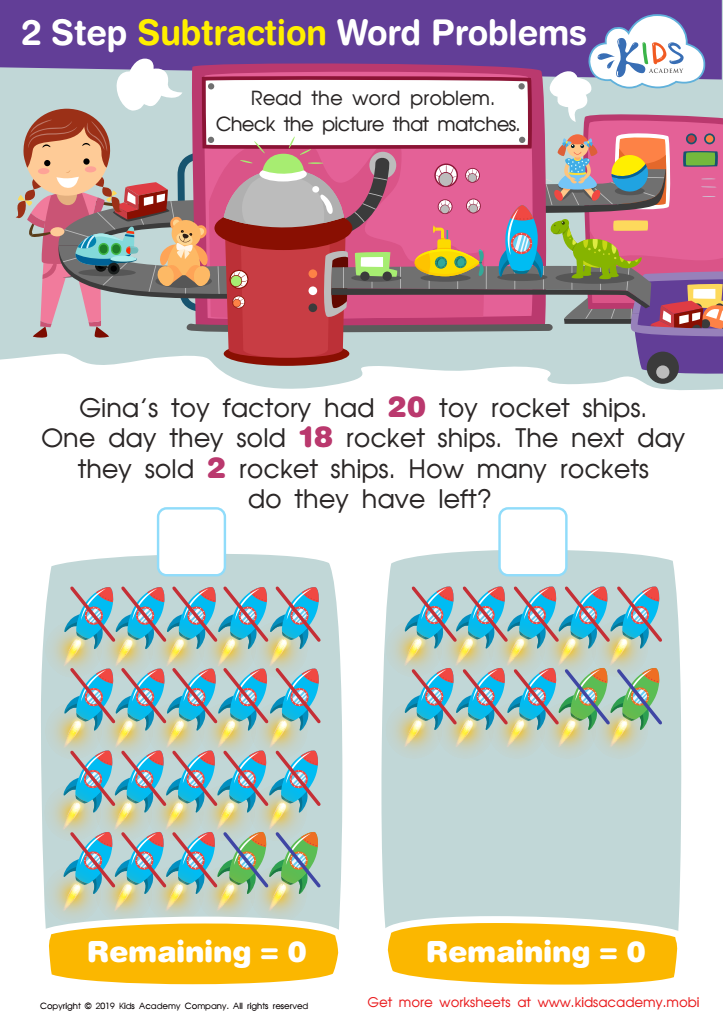

Step Subtraction Word Problems Worksheet
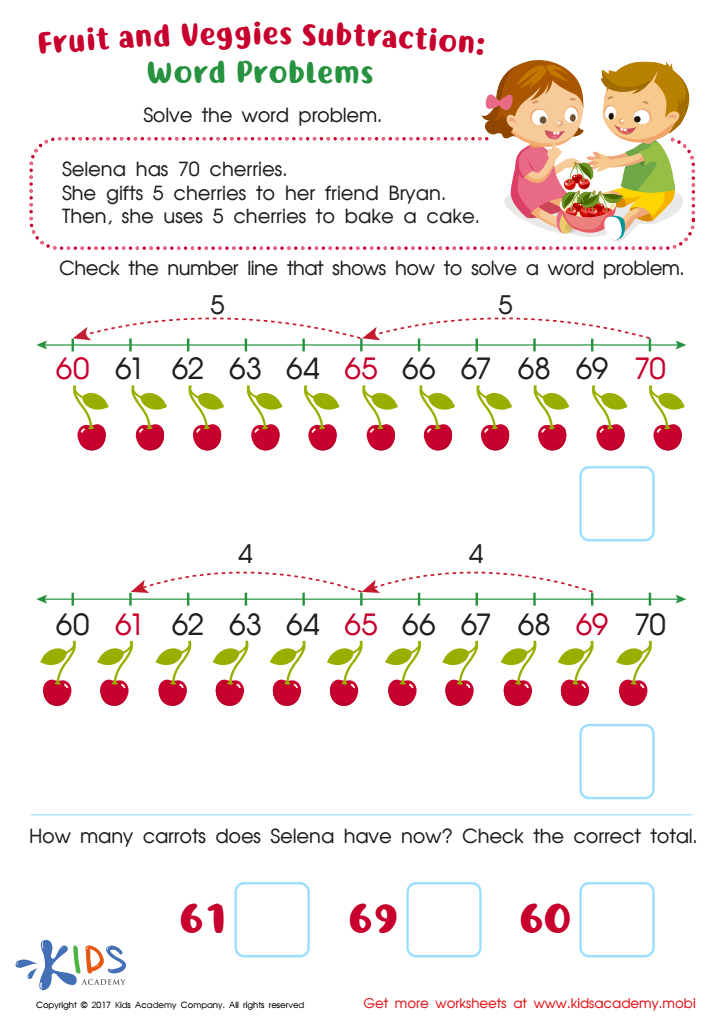

Subtraction Word Problems Free Printable
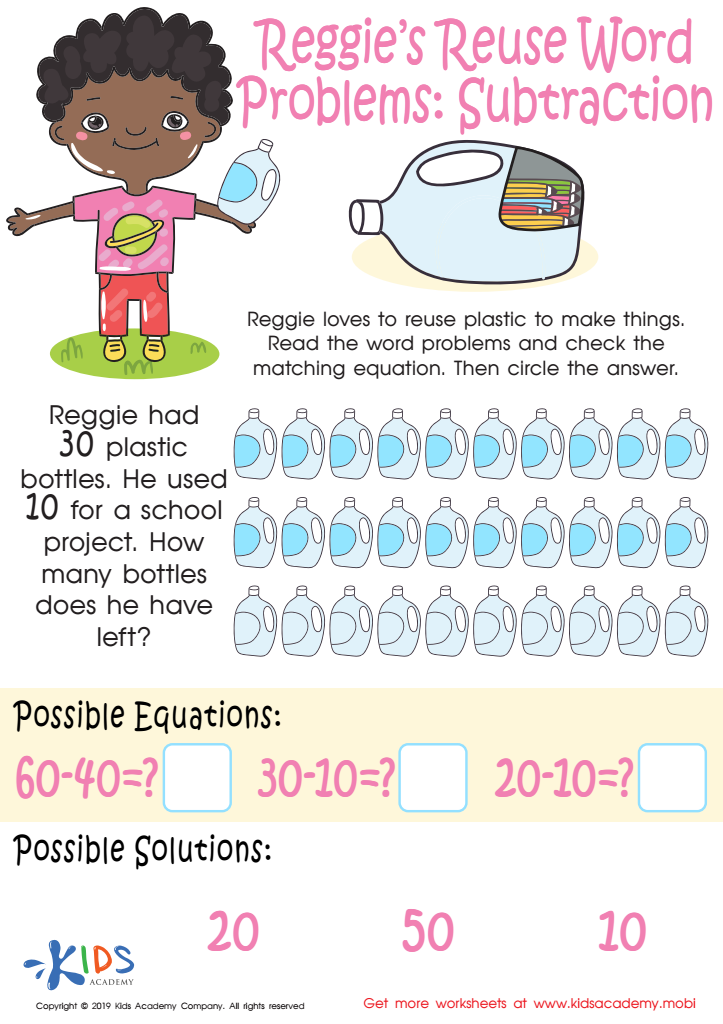

Reggie's Reuse Word Problems: Subtraction Worksheet
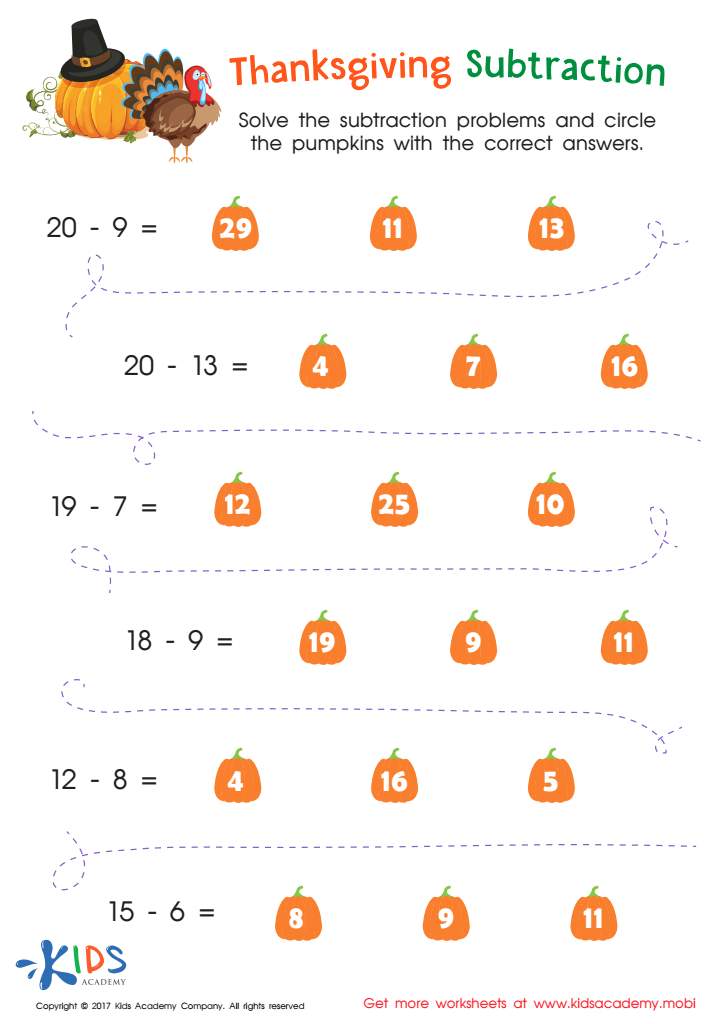

Thanksgiving Subtraction Substraction Worksheet
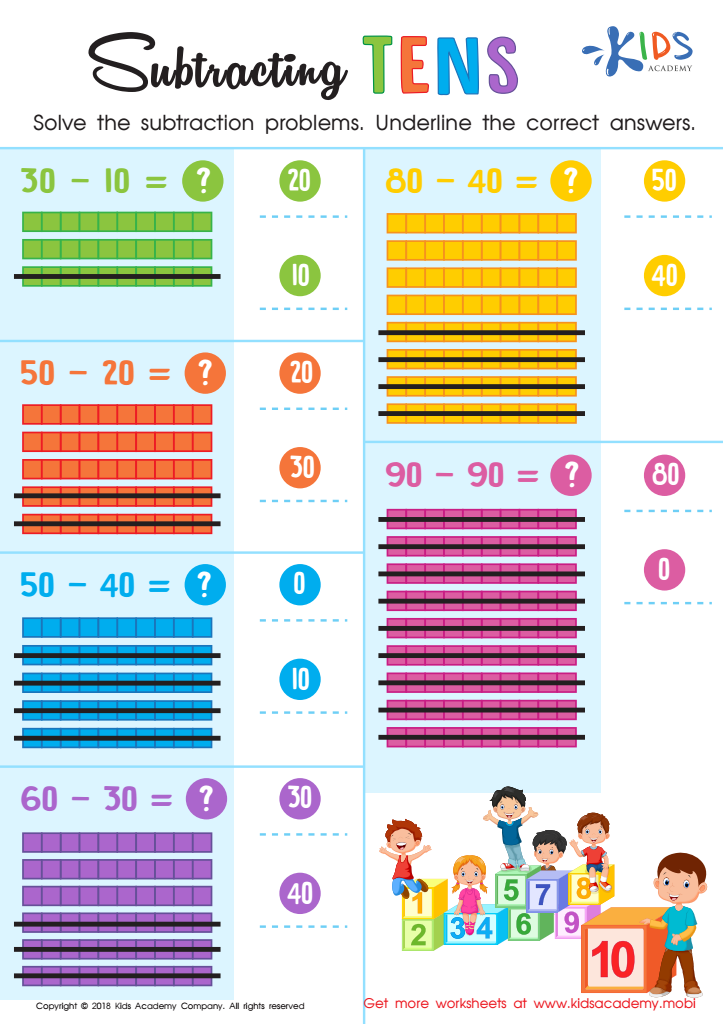

Subtracting Tens Worksheet
Parents and teachers should care about subtraction practice for children aged 6-8 because this period is critical for developing foundational math skills that will support future learning. Subtraction, alongside addition, is a core mathematical concept that helps children understand the relationships between numbers, start to manage problem-solving tasks, and develop logical thinking.
Consistent practice with subtraction enables children to build fluency and accuracy, which fosters confidence in their mathematical abilities. It also prepares them for more advanced mathematical concepts, such as multiplication and division, by reinforcing the understanding of number relationships and operations.
Beyond mathematics, learning subtraction sharpens overall cognitive development. Children enhance their mental arithmetic capabilities, improve their ability to focus, and cultivate analytical reasoning through practice. These skills are not only applicable in academics but also in everyday tasks like managing time, understanding money, and solving real-life problems.
Furthermore, engaging in subtraction activities helps identify learning gaps and provide targeted support early on. This ensures a solid math foundation that can prevent difficulties in later grades. Both parents and teachers play a crucial role in fostering an encouraging and stimulating environment that makes math practice an enjoyable and rewarding experience for young students.
 Assign to My Students
Assign to My Students







